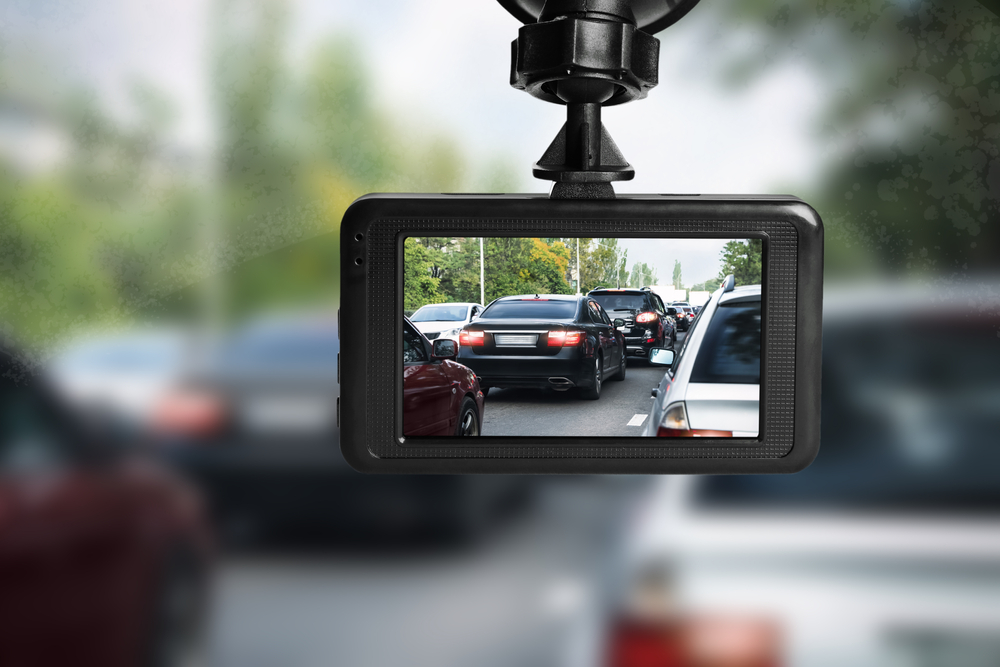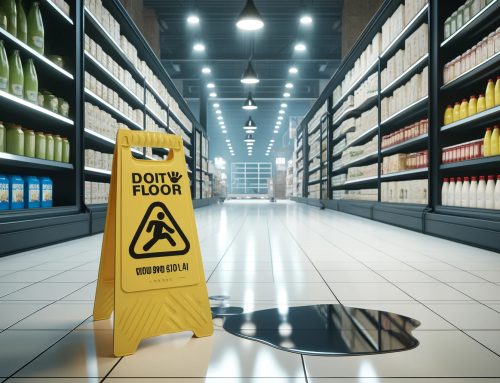In the aftermath of a car accident, dash cam footage can be extremely useful. It can reveal what happened before and during the collision, providing insight into fault and liability. The question remains, however, whether dashcam footage can be used as evidence in court.
Yes, dashcam footage can be used as evidence in court, but it depends on the facts of each case. Dashcam footage must meet certain criteria in order to be admissible in court, including relevance, authenticity, and reliability. In addition, the footage must not be altered or edited in any way that compromises its authenticity or accuracy.
Dash cam footage can be used to establish fault and liability for a car accident in a personal injury case. The video evidence can be used to support or refute claims made by the parties involved. It can also be used to refute false or exaggerated claims and to support witness testimony. Dash camera footage doesn’t care about your driving record. In fact, it can completely overcome issues of a history of bad driving when negotiating with insurance adjusters.
It’s important to remember, however, that dashcam footage is only one type of evidence that can be used in a personal injury case. There are plenty of other tips to consider when in a car accident. Other evidence, such as witness testimony, medical records, and police reports, can also be used to determine fault and liability.
Admitting video footage in court is a multi-step process that ensures the footage meets the admissibility criteria. The procedure varies by jurisdiction, but the following steps are common:
The first step in admitting video footage in court is determining its relevance to the case. The footage is relevant if it has a direct bearing on the issues being tried in the case.
Authentication: The next step is to authenticate the footage, which means proving that it is what it claims to be. This can be accomplished by demonstrating that the footage was captured by the dash cam, or by having a witness or expert identify the footage as what it purports to be.
The third step is to determine the dependability of the footage. This entails demonstrating that the footage has not been tampered with or altered in any way that compromises its authenticity or accuracy. The reliability of the footage can be established through a variety of means, including the footage’s chain of custody, the type of dash cam used, and expert testimony.
Finally, the footage should not be considered hearsay, which means it cannot be used to prove the truth of the matter asserted. It must instead be admitted to show what was seen or heard at the time the footage was captured.
In addition to these steps, the judge may consider other factors such as the footage’s relevance and probative value, the potential for prejudice or confusion, and the need for the footage to be admitted in order for the trier of fact to understand the case.
Once the video footage has been determined to be admissible, it can be used in court to support or refute the claims made by the parties involved. Dashcam footage can also help determine the severity of impact or whether certain damage to the vehicle is from the crash. This in turn can help determine the car’s value after a crash. A Tucker Law attorney and team can guide you through the process of admitting video footage in court and ensuring that it is used effectively to support your case.
Tucker Law can assist you in understanding the significance of dashcam footage and how it can be used as evidence in your personal injury case. We have the knowledge and experience to assist you in putting together a strong case and obtaining the compensation you deserve. For a free consultation, contact Tucker Law at 1-800-TuckerWins.
To summarize, dashcam footage can be an important piece of evidence in a personal injury case, but it must meet certain criteria in order to be admissible in court. To increase your chances of success, you should seek the advice of an experienced attorney who can explain the significance of dashcam footage and how it can be used to support your claim.







